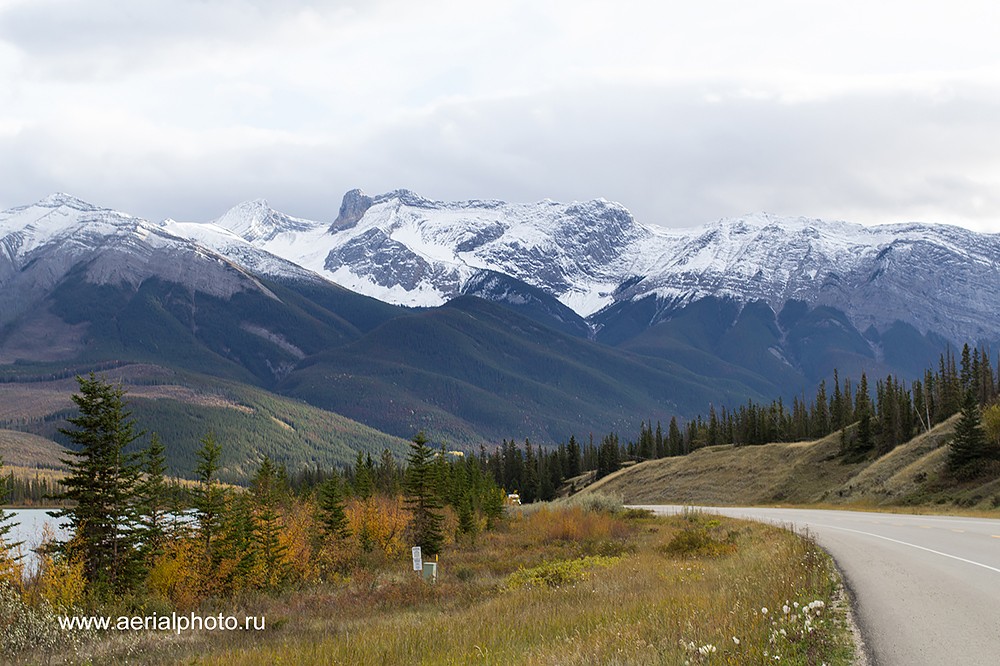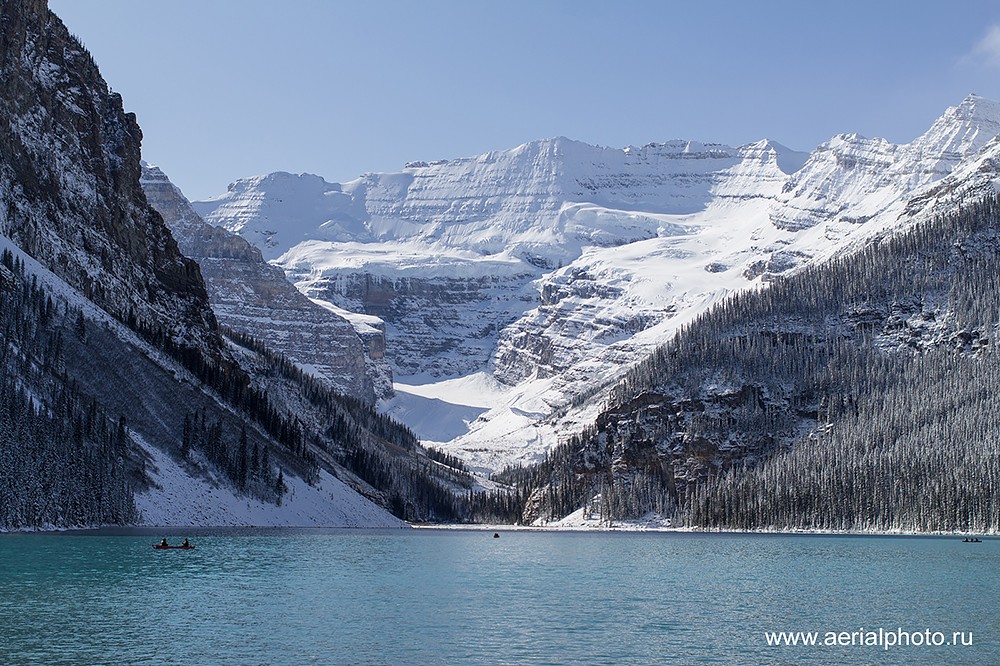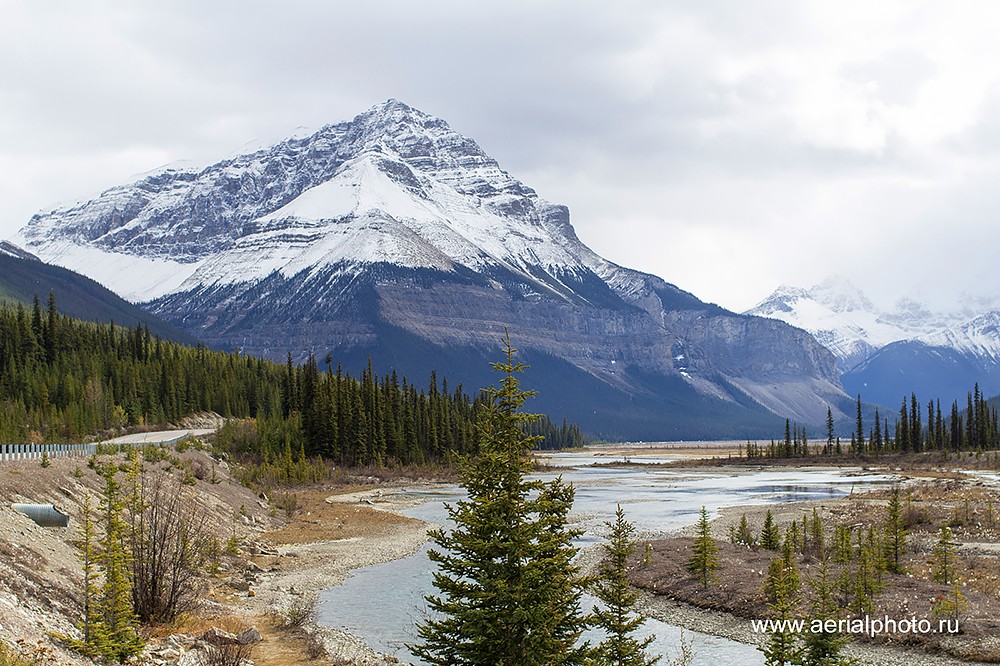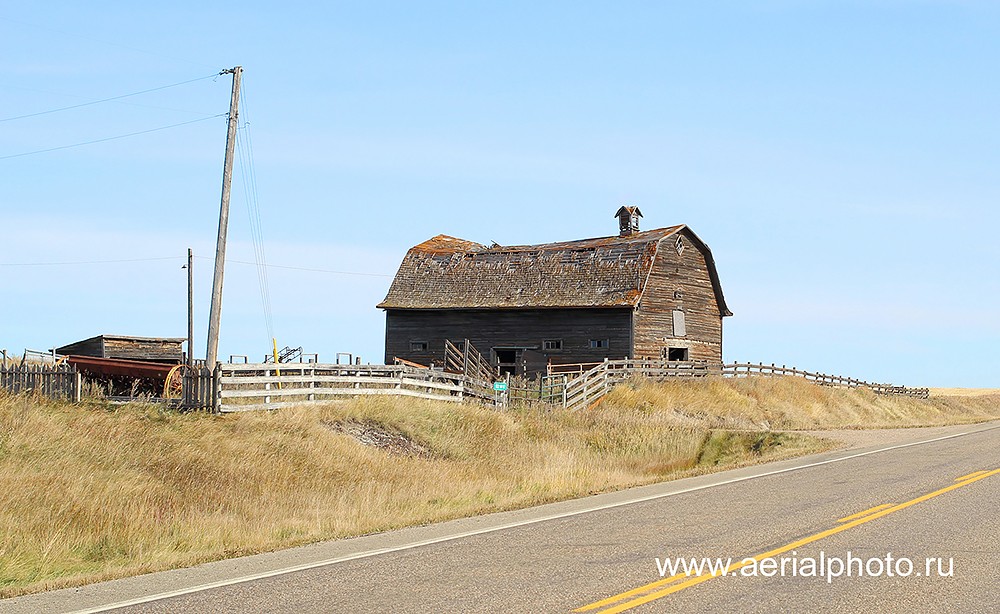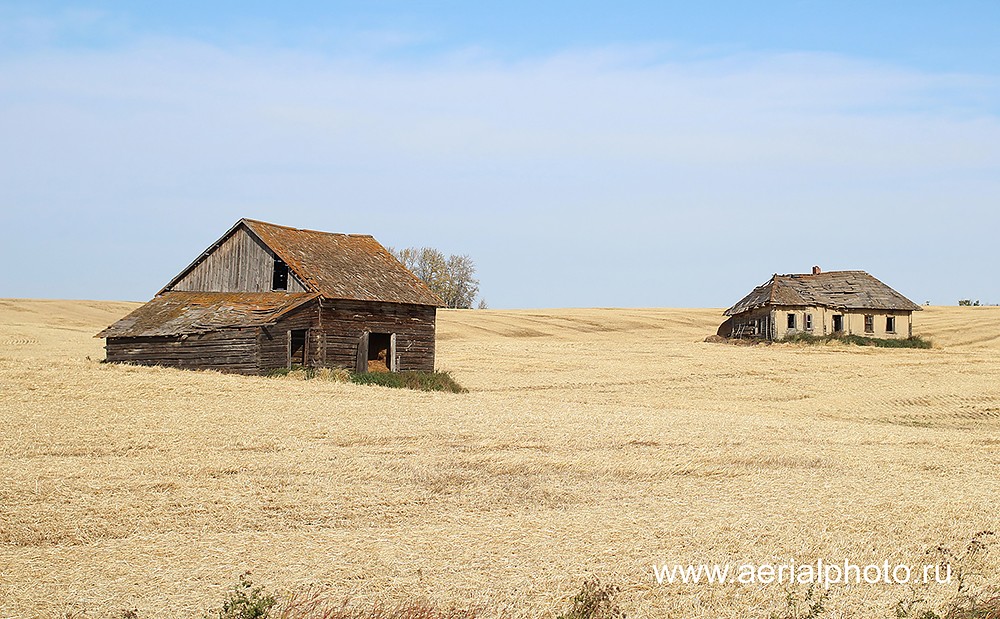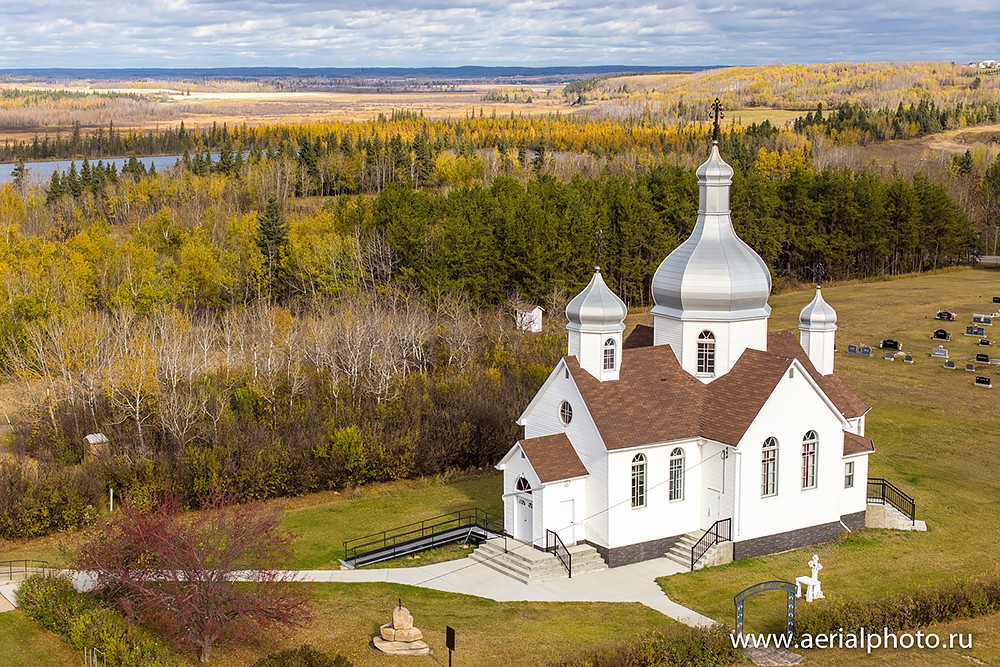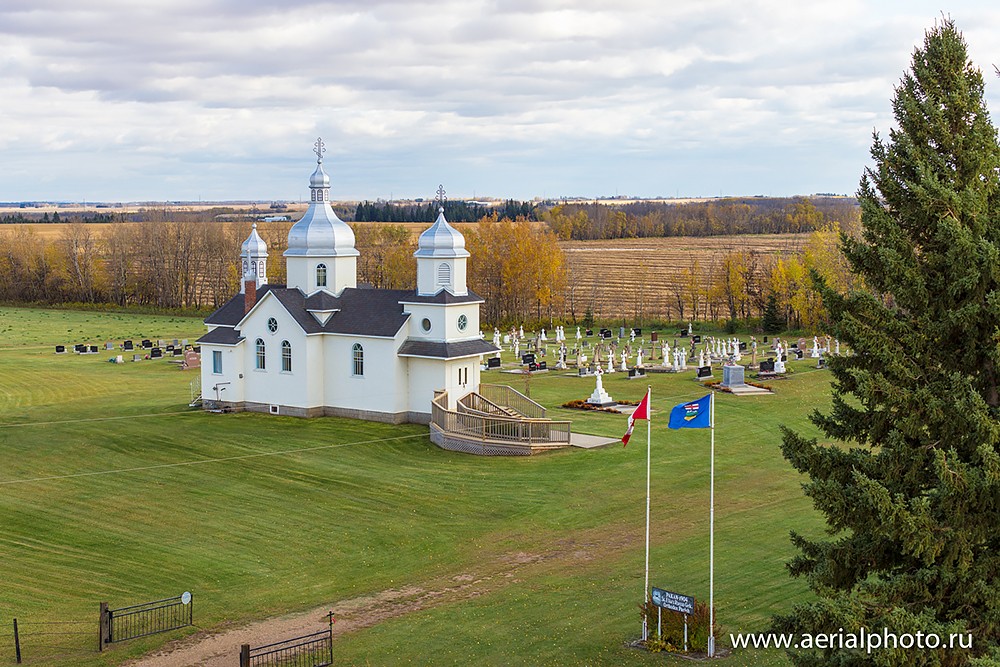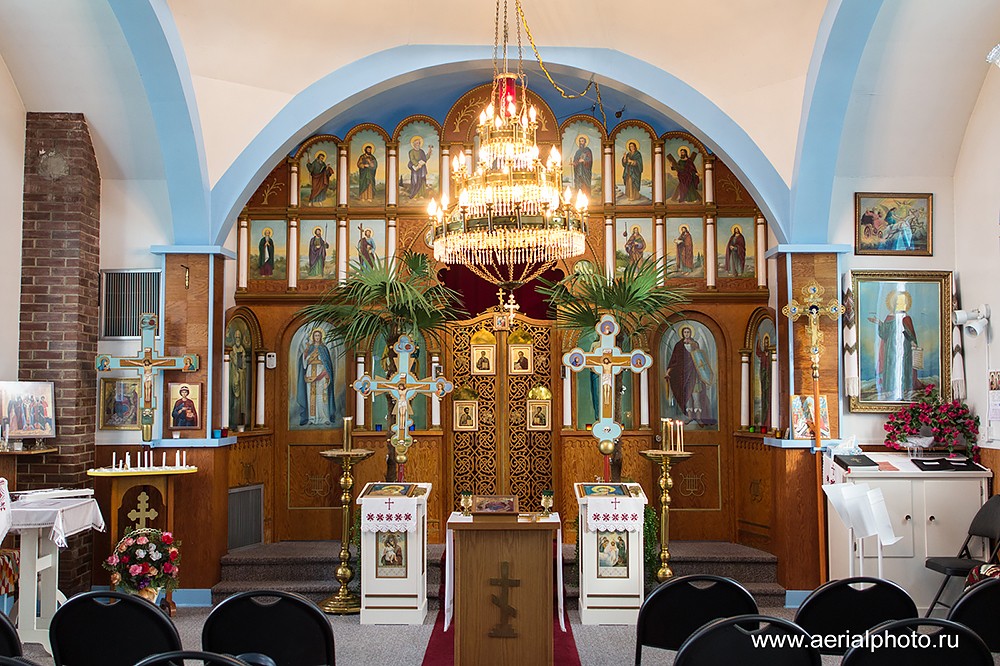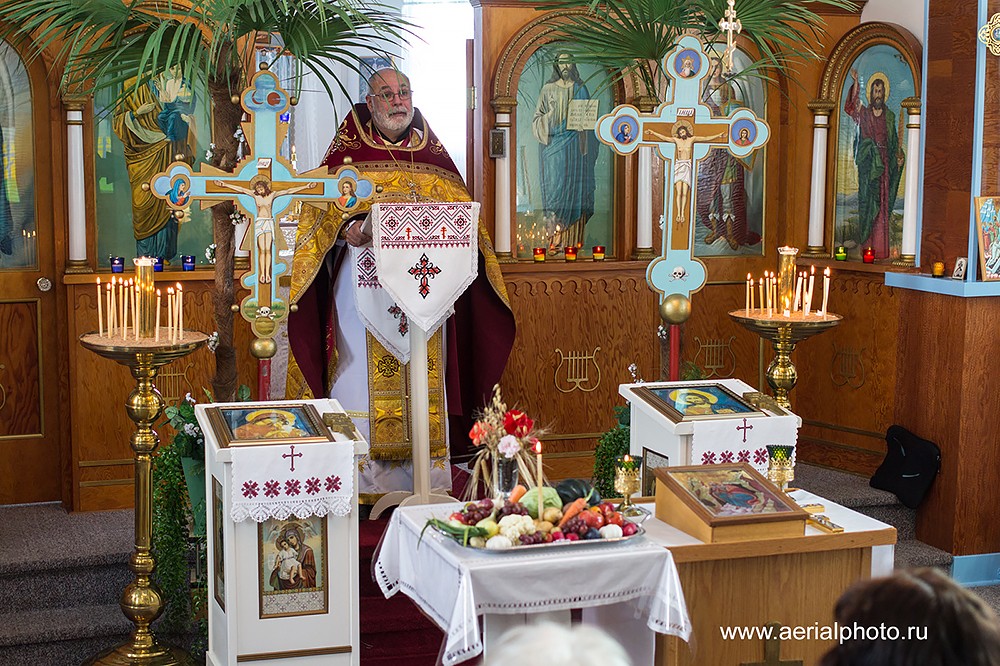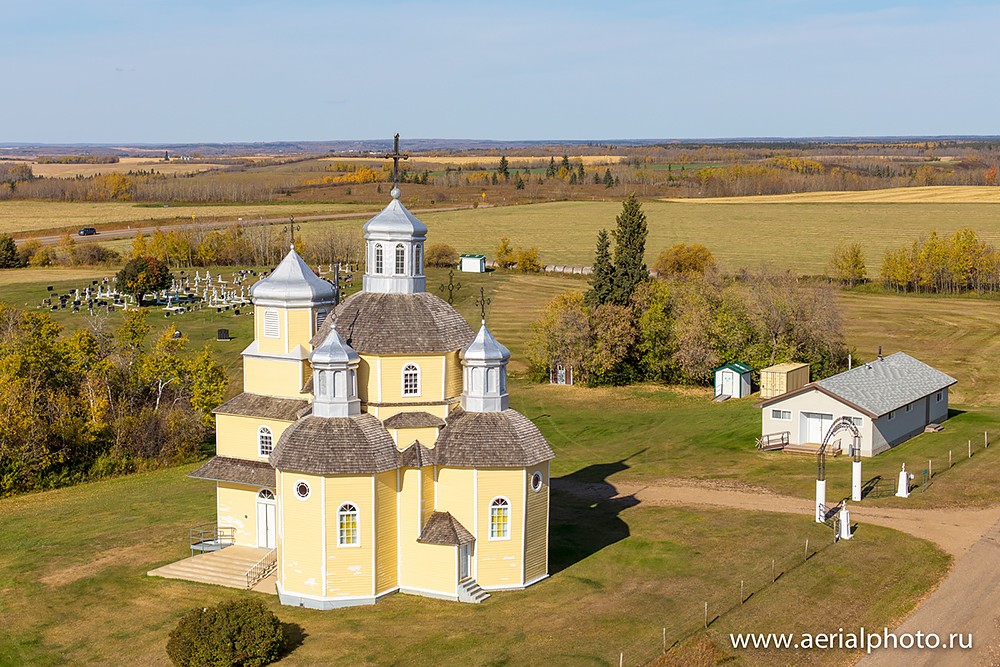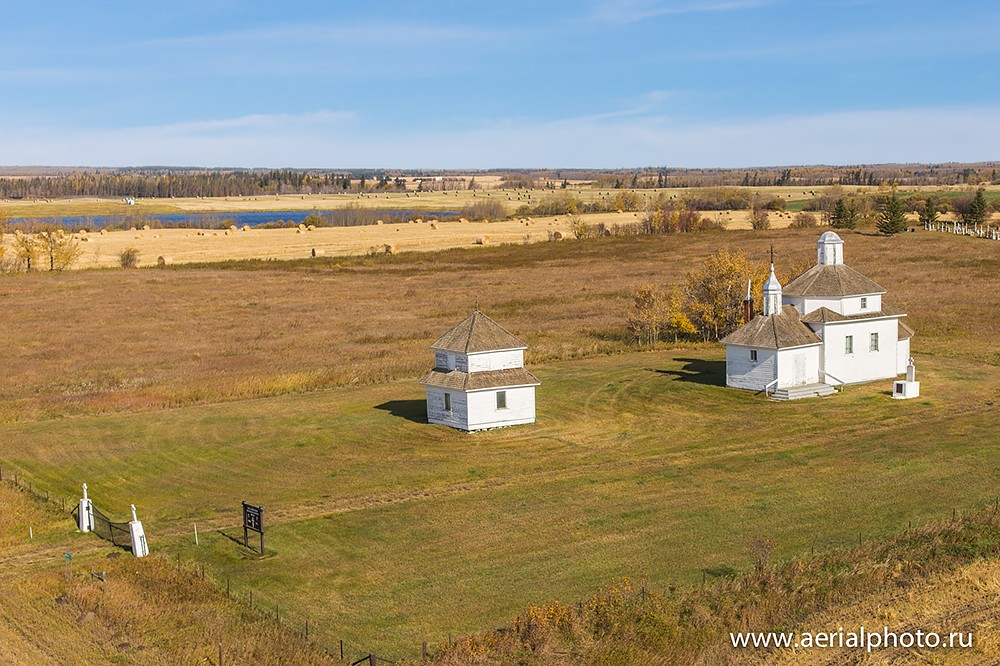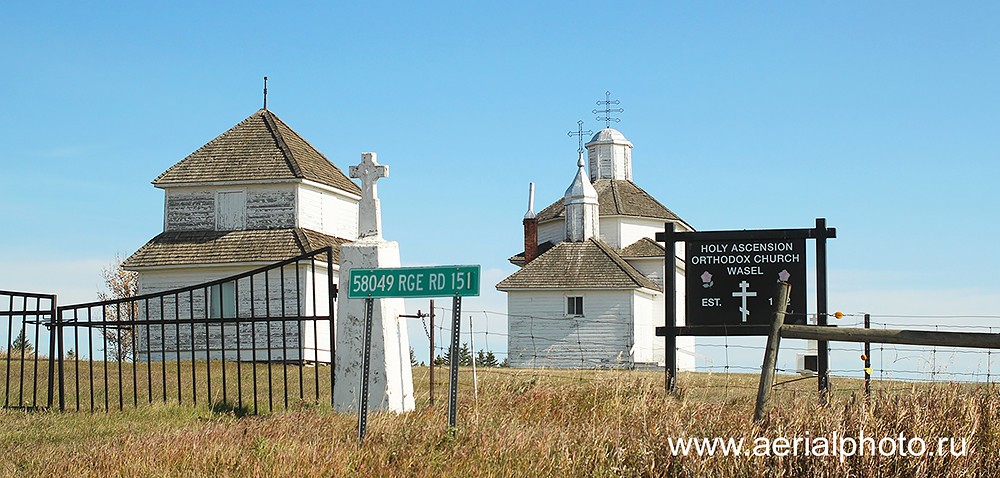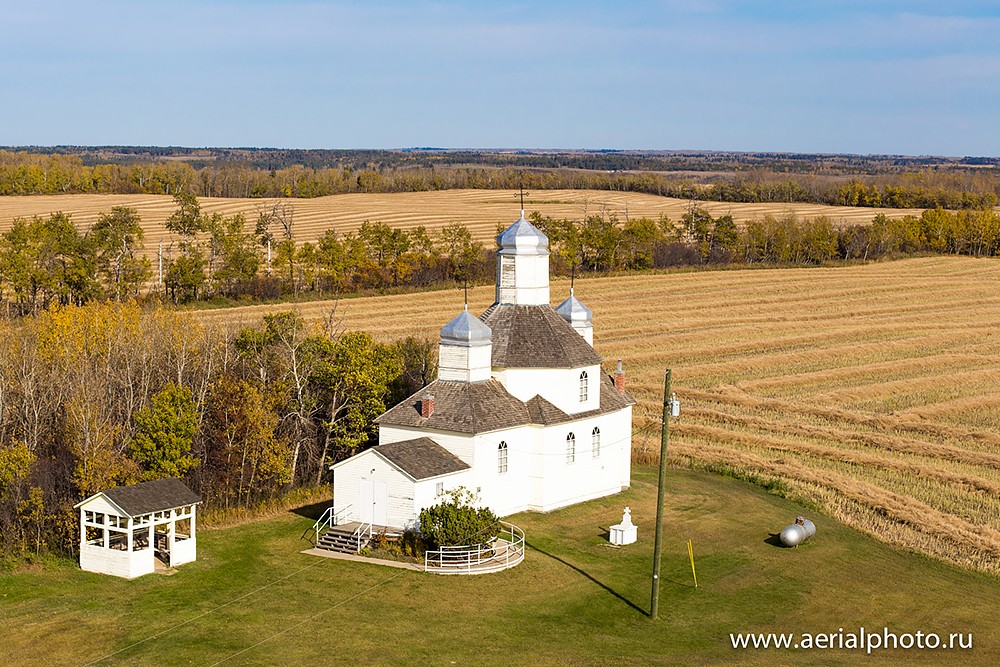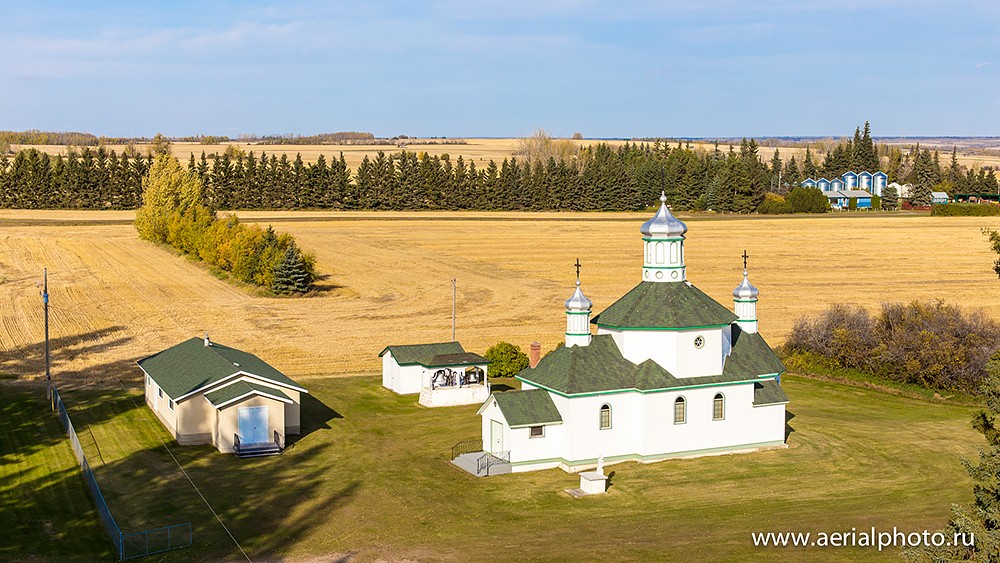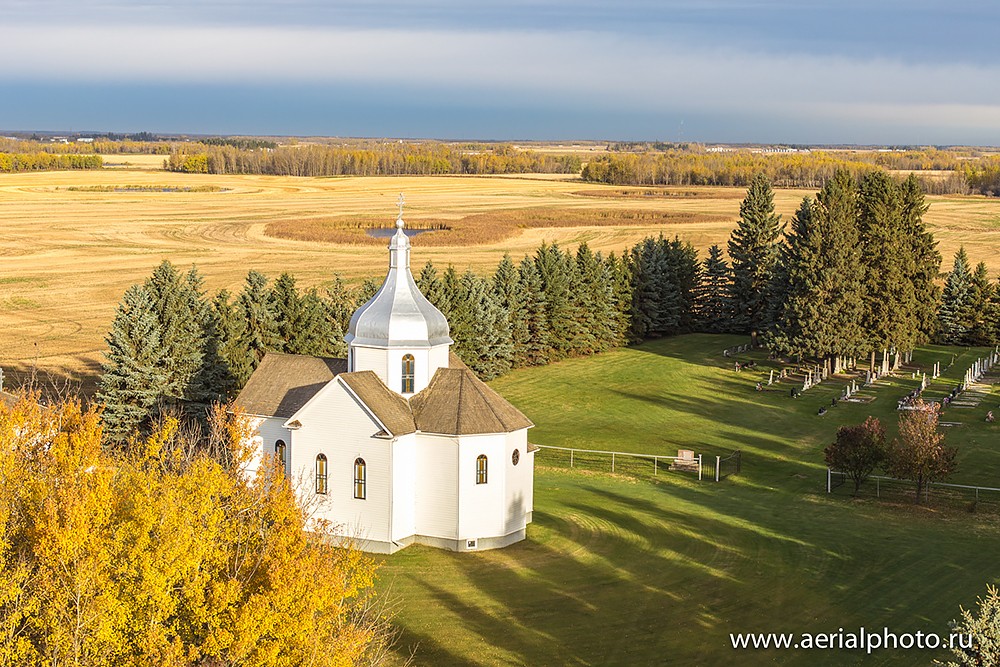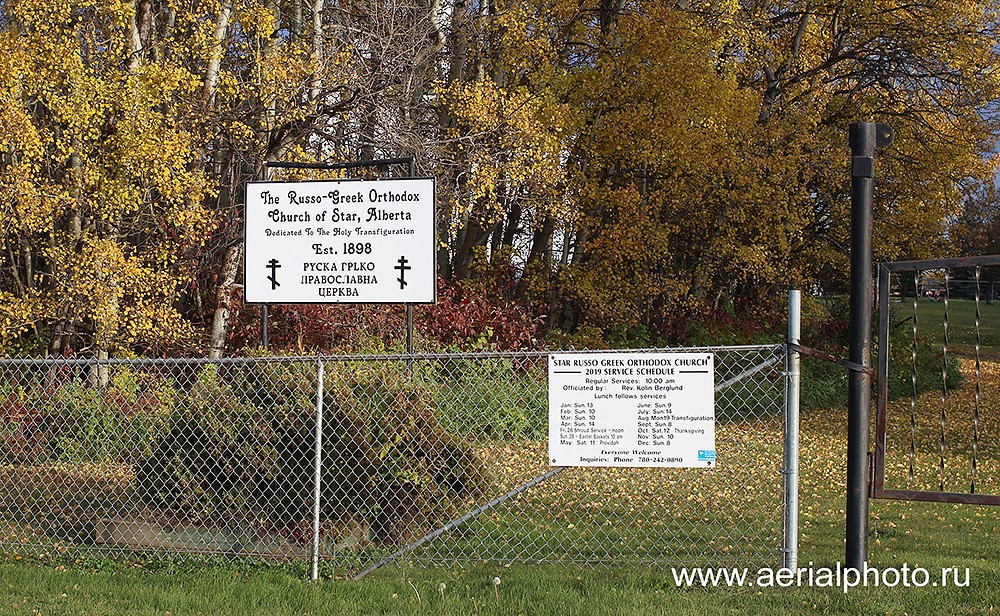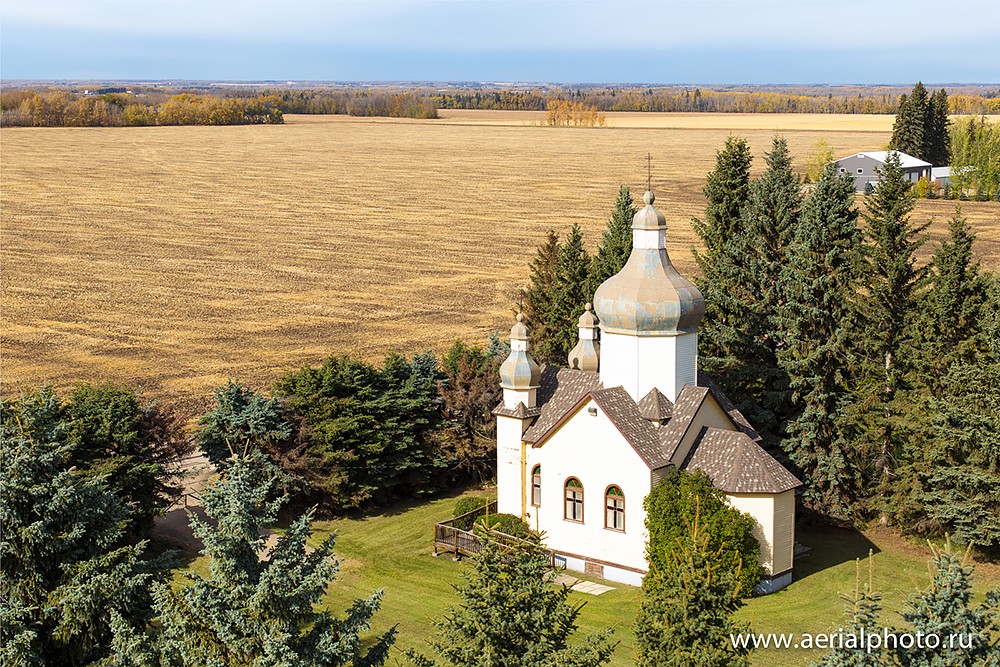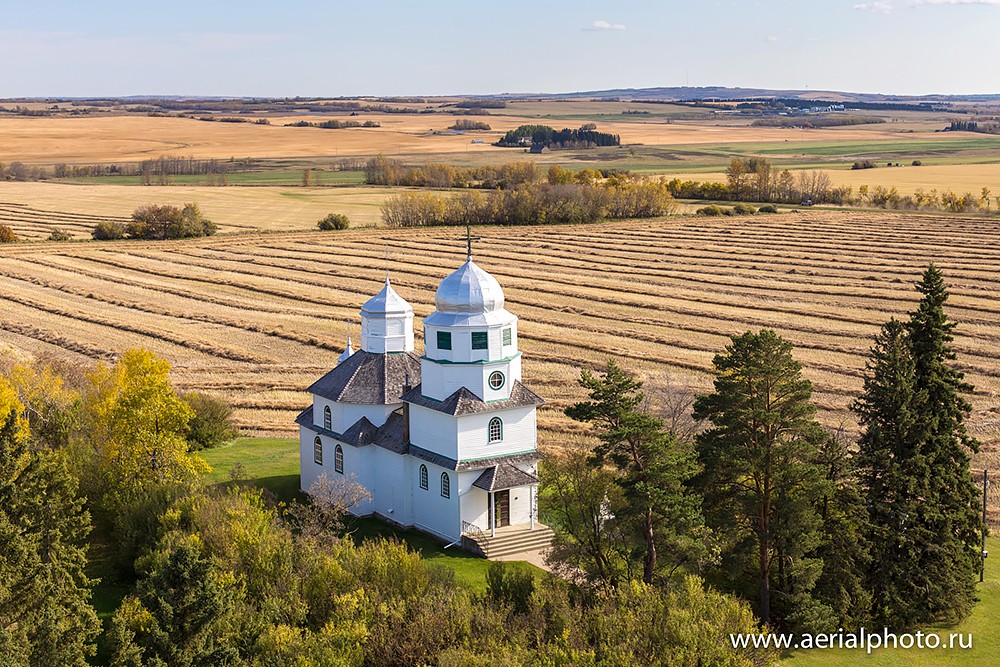Orthodox Churches of Alberta, Canada From a Bird’s Eye View
Photogallery
In the history of Canada at the threshold of the nineteenth to twentieth centuries, the immigration of Slavic peoples was of great significance. The country’s government was trying to attract at many settlers as possible who were familiar with agriculture to settle in the untouched prairies. Peasants from Trans-Carpathia under occupation by the Austro-Hungarian Empire made the long journey—these were Rusyns, Romanians, Bucovinians, and Galicians. The settlers were granted sixty-five hectares per family, equal status with other settlers, and the right to an education. They were not required to pay taxes for the first three to five years, but their duty was to cultivate land overgrown with small trees, bush, and wild roses. Most of the lands were granted around Edmonton, today’s capital of Alberta province, which was at that time no more than a small village of two or three streets.
We have to remark on the severe climate of Alberta. Guarded from the Pacific Ocean by the tall Rocky Mountains, this province is vulnerable to winds from the Arctic Ocean. Night temperatures in winter can drop to –50 C. (–58 F.). Under these difficult conditions the settlers dug earthen huts, warred with wild growth, and in the meantime, built the first churches.
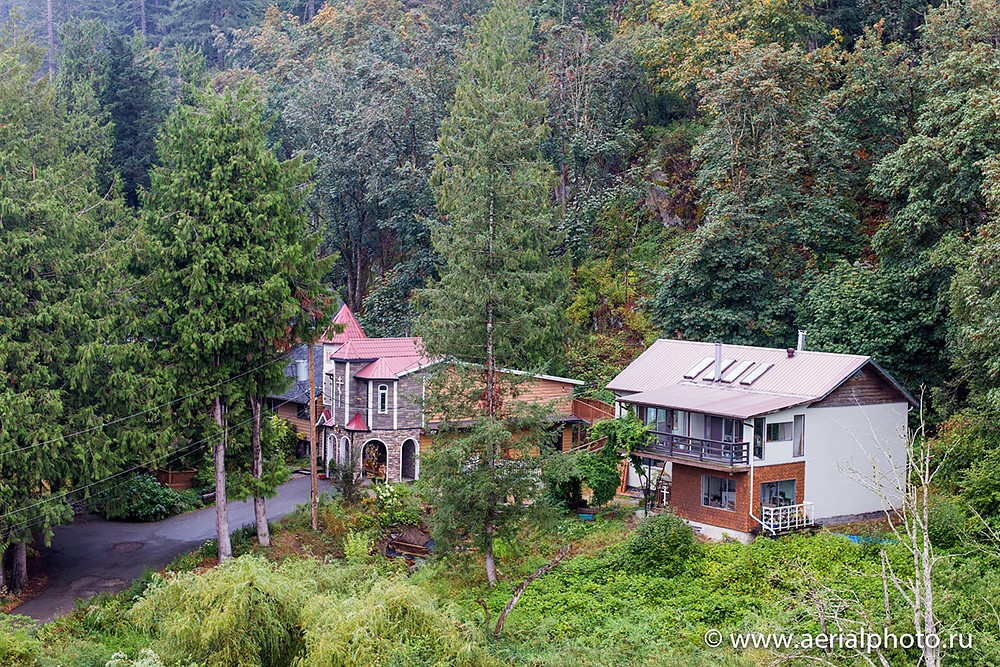
Monastery of All Saints of America (OCA) located in Dewdney, British Columbia
Photo: Mikhail and Ekaterina / Aerialphoto.ru
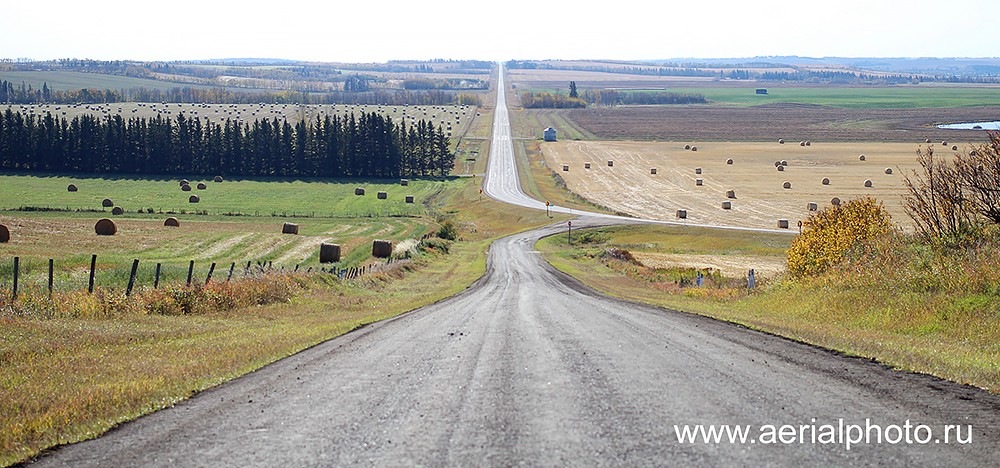
Alberta—one of the leading regions in wheat production
Photo: Mikhail and Ekaterina / Aerialphoto.ru
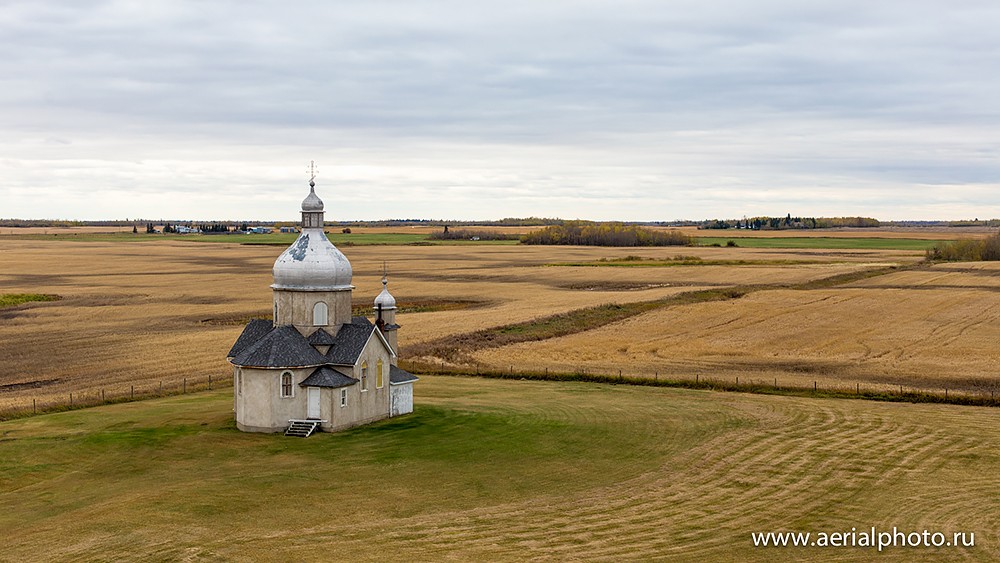
The Church of Sts. Peter and Paul, Redwater (Patriarchal parish of the Russian Orthodox Church in Canada)
Photo: Mikhail and Ekaterina / Aerialphoto.ru
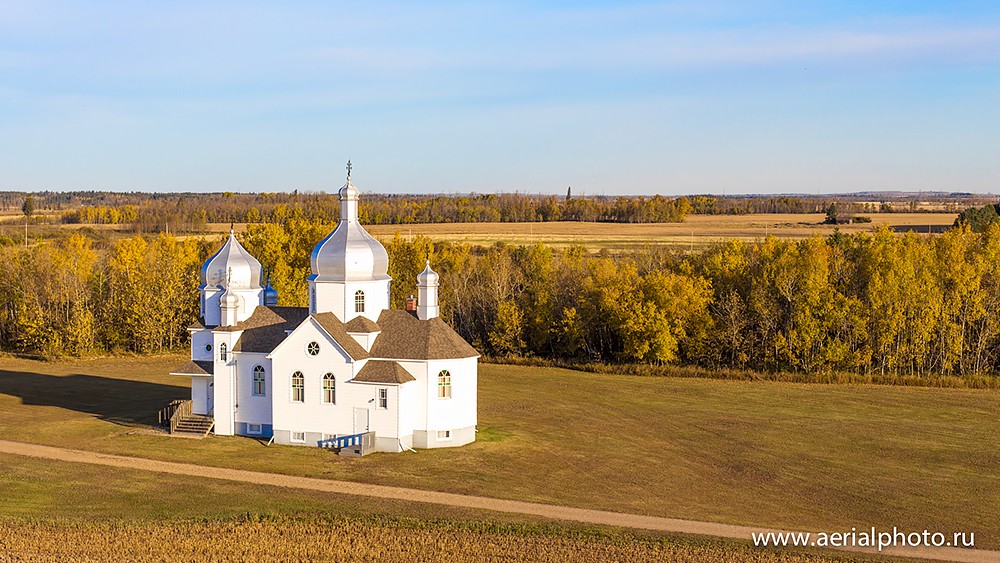
Church of the Nativity of the Most Holy Theotokos, Kysylew-Andrew (OCA)
Photo: Mikhail and Ekaterina / Aerialphoto.ru
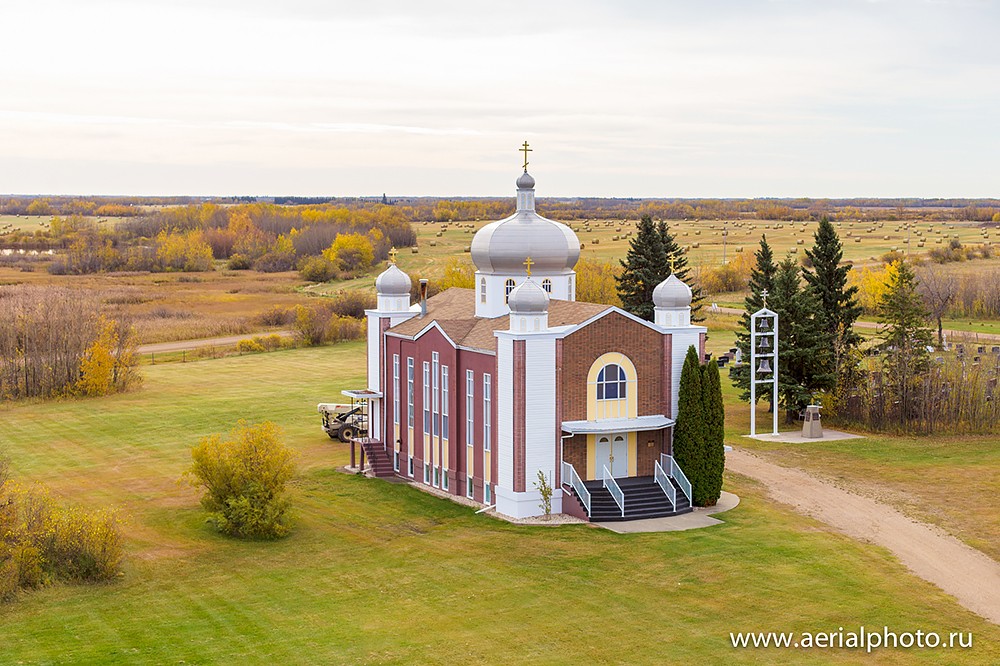
Church of St. John the Baptist, Chipman (Patriarchal parish of the Russian Orthodox Church in Canada)
Photo: Mikhail and Ekaterina / Aerialphoto.ru
















